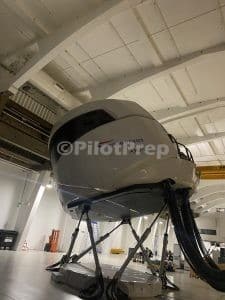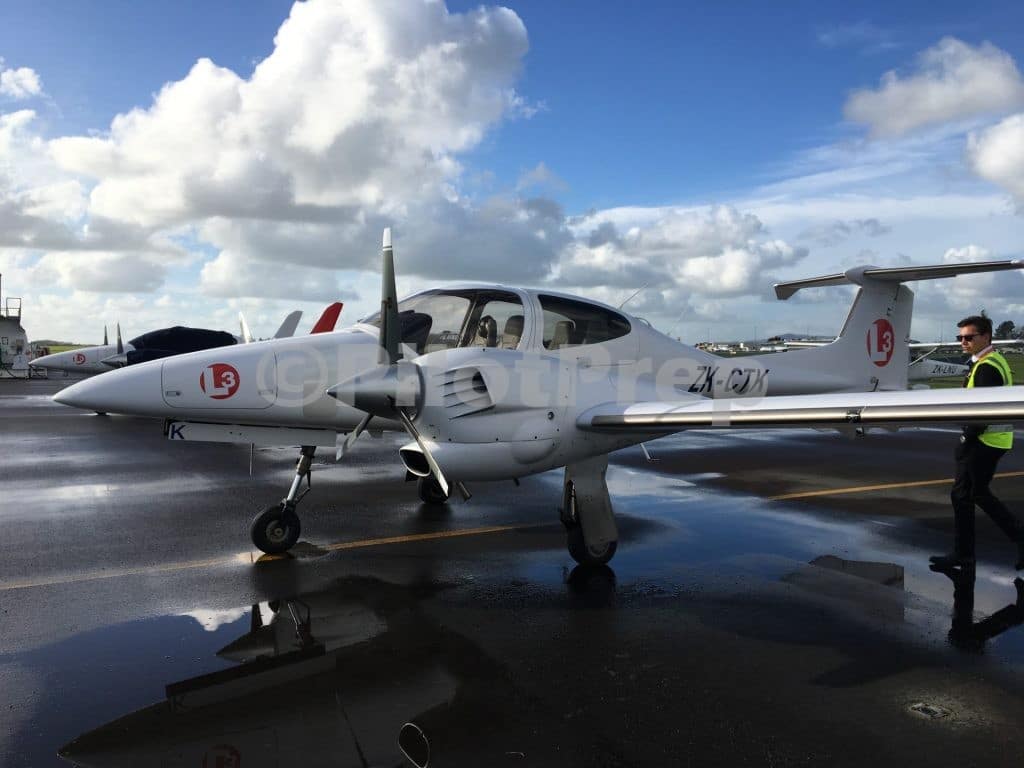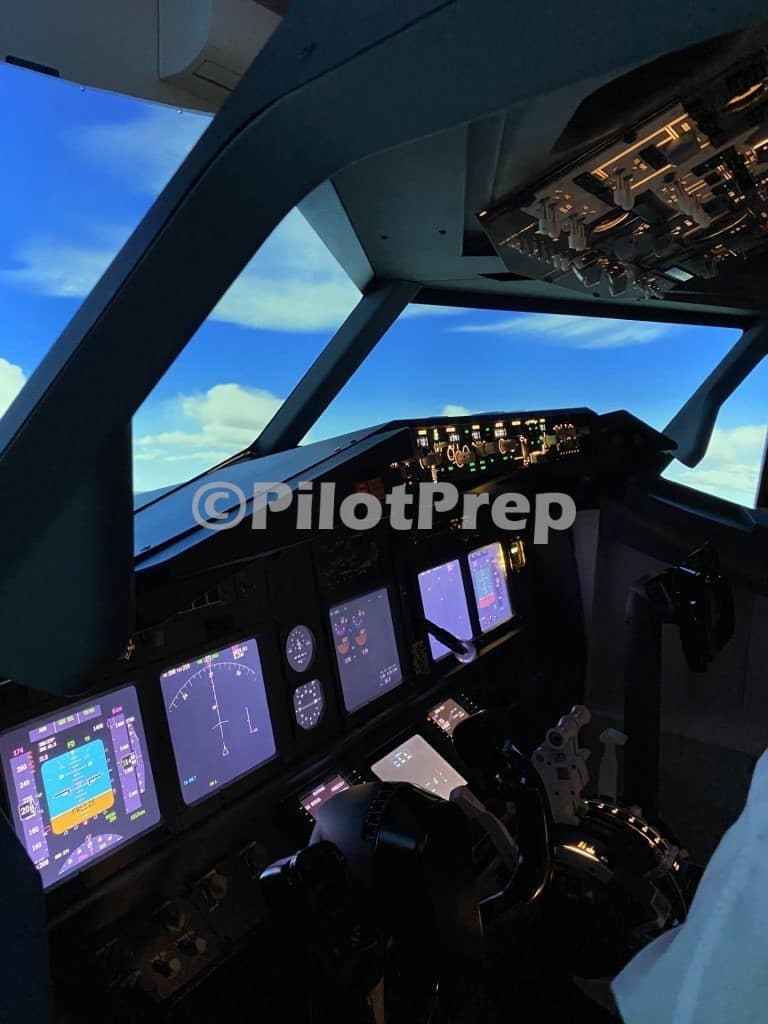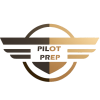There are 11 steps to become an airline pilot. Each section is broken down below in the main body of this page. Grab a cup of tea and get reading!
- Choosing the Right Path: Modular, Integrated, MPL or Cadetship
- Application and Entry Requirements
- Class 1 Medical Examination
- Ground School
- VFR Flying
- IFR Flying
- APS, MCC, Multi-crew Training
- License Acquisition
- Simulator Training or Type Rating
- Base Training
- Line Training

1. Choosing the Right Path: Modular, Integrated, MPL, or Cadetship
The first crucial decision you face is choosing the right training path. Modular training provides flexibility, allowing candidates to complete training modules at their own pace. You pay as you go, allowing people to work for a while, save then pay for portions at a time. Modular is considerably cheaper than integrated.
Integrated courses, such as those offered by large multinational flight schools like CAE and L3 Harris, provide a more immersive and condensed experience. Don’t be deceived by the glossy magazines, remember they are a business and you must treat them as such. Integrated is considerably more expensive but is much quicker. Typically you go from zero to type rated pilot within 18-24 months.
MPL courses or multi-crew pilot license courses are similar to integrated courses. They are carried out at integrated flying schools but with slight course differences. You spend less time in an actual aircraft but more time in the simulator. If you pass the required standard, a job will be waiting for you at the end of training.
Cadetships offer a structured path through a specific airline’s training program, often with a job guarantee upon completion. Recently, airlines like Aer Lingus, British Airways, and TUI have been paying for their cadet’s courses. Unheard of for more than 20 years!
Each option has its advantages, and aspiring pilots should carefully consider their circumstances and career goals before making a choice.
2. Application and Entry Requirements
If applying for an integrated, MPL or Cadetship course, aspiring pilots must first meet specific entry requirements and pass stringent aptitude testing. These requirements typically include a minimum age, educational qualifications (often at least A-levels or equivalent), and a requisite level of English language proficiency (ICAO Level 4). Researching and understanding the entry criteria and cost for chosen flight schools or airline cadet programs is crucial to ensure eligibility.
Typically, the application process consists of 6 Steps:
- Online application and CV
- Online aptitude tests – hand-eye coordination, task prioritization, spatial awareness, etc
- Onsite aptitude tests – More aptitude tests but carried out at the flight school itself
- Group exercise
- One on one (or two on one) interview
- Referencing and class 1 medical

3. Class 1 Medical Examination
Either before or after being accepted into flight school, you will need to get a Class 1 medical. I recommend getting this before you apply, it would be devastating to get through all of the steps and fail at the medical stage. I personally used Heathrow Medical (not an affiliate link).
This rigorous (and also £600 expensive!) examination assesses a candidate’s physical and mental fitness to operate an aircraft. Aspiring pilots should be prepared for a thorough medical check, including vision, hearing, cardiovascular health, and overall well-being. Throughout your entire career, you will be expected to renew this every year (at your airline’s expense once employed) and every 6 months once you are over 60.
Better get that gym membership updated!
4. Ground School
Ground school marks the academic phase of pilot training. It is brutal. 13 subjects of relentless information crammed into 6 months. It is not complex. But the volume is quite ridiculous. I have written a guide on how to study for ground school here.
Subjects include:
- Principles of Flight
- Aircraft Performance
- Mass and Balance
- Meteorology
- Human Performance
- Air Law
- Operational Procedures
- Aircraft General Knowledge: Engines, Airframes and Electrics
- General Navigation
- Radio Navigation
- Communications
- Flight Planning
- Instruments
Although a lot, it will give you the basic foundational knowledge required to progress to the actual flying stages. Whilst everything isn’t relevant and quite outdated, subjects like meteorology, mass and balance, performance, air law, and operational procedures are especially important for daily life at the airlines. Study up!
5. VFR (Visual Flight Rules) Flying
With the theoretical groundwork laid, aspiring pilots transition to practical flying experiences. If part of an integrated course, you will go to a fair weather base. Typically they are located in good-weather locations like Phoenix, Arizona, or Jerez in Spain.
The VFR phase focuses on visual navigation and control of the aircraft in good weather conditions. Students learn the fundamentals of manual flight, honing their skills in take-offs, landings, and basic maneuvers. This hands-on experience is essential for building confidence and proficiency in handling an aircraft. These basic stick and rudder skills will set you up for life at the airlines and the jets.
On an MPL, you will typically gain 80 hours of flying experience at this stage, or if on the ATPL you will need to get around 160 hours (as you will need 200 for your commercial pilot’s license).

6. IFR (Instrument Flight Rules) Flying
After VFR flying, you will continue to the IFR phase. Instrument Flight Rules Flying emphasizes the use of cockpit instruments for navigation and control, allowing pilots to operate in a wider range of weather conditions. This phase can also be completed in a fair weather base whilst wearing a “hood” to simulate bad weather, but typically you will come back to the UK. The UK has perfect IFR weather (ha!) and this also allows you to fly around UK airspace and learn the subtle differences with air traffic.
If on an MPL course, you will transition for a short period flying twin-engine aircraft and deal with engine failures, you will fly for around 10 hours before moving onto the simulators for the jet you will fly according to your airline.
If on an ATPL course, you will complete about 40 hours in the twin-engined aircraft allowing you to take the CPL or Commercial Pilot’s License. These 40 hours, plus the previous 160 hours in the VFR stage will give you the required 200 hours for your CPL. Your CPL plus a type rating makes up your frozen ATPL (fATPL).

7. APS MCC Qualification (Airline Pilot Standards and Multi-Crew Co-operation)
The Airline Pilot Standards (APS) and Multi-Crew Cooperation (MCC) qualifications are essential components of advanced pilot training programs, designed to enhance the skills and competencies of aspiring airline pilots.
Until now, you have been flying a single pilot. The APS MCC is designed to get you trained to work as part of a multi-crew. As that’s what will you do at the airlines. It’s a short intense 2 week course in a jet simulator. Either the Boeing 737 or Airbus 320. The course focuses on effective communication, crew resource management (CRM), and your ability to work as part of a team.
You will be expected to deal with basic failures and to come up with a safe solution with your teammate. Whilst flying is important, you are not expected to know everything about your assigned aircraft. You will need to know the bare basics to be able to fly the plane, but crew resource management is the crucial part here as to how you deal with emergencies and make decisions. Crucial skills for your type rating.
This is not required for MPL pilots as you will spend much longer in the simulator during the type rating phase which is where you will learn these skills.

8. License Acquisition
Once you have finished all of the flying stages, got your CPL, and completed the APS MCC, you will be presented with your frozen ATPL or f(ATPL). I won’t what frozen means here but it is at this point you can start applying for jobs and enjoy the most expensive piece of paper in your life.
If you are an MPL pilot, you will get your license AFTER the base training. A subtle difference in licensing regulations requires you to fly the jet before receiving your license.
9. Simulator Training or Type Rating
The fun bit! Here is where you take all of your basic fundamental skills learned in the previous phases and now learn to fly your assigned jet. Typically (but not always), pilots start on short-haul, so your first type rating will likely be on the Boeing 737 or Airbus A320.
In the sim, you will cover basic flying skills and quickly move on to a variety of emergency scenarios and adverse weather conditions. You will develop crucial decision-making abilities and practice teamwork in a simulated cockpit.
As an airline pilot, you will be tested in the simulator every 6 months for the rest of your career! In the type rating phase, you will develop your pilot competencies which is what you will be graded against for the rest of your flying life.
If you are on an MPL course, you can expect to complete about 120 hours in the simulator or about 30 simulator details. Broken down into basic, intermediate, and advanced (the type rating). On the MPL, this phase will take approximately 4-6 months.
If you are on the ATPL course, you will do a “minimum footprint” course which is about 12 simulator details or 48 hours in the simulator. Almost ⅓ of the MPL course. Yes, it is very much like drinking from a fire hose. This phase will take approximately 1-2 months.

10. Base Training
Transitioning from simulated environments to real-world flying, base training provides candidates with practical experience in the actual aircraft. Under the supervision of experienced instructors, pilots practice take-offs, landings, and various in-flight maneuvers. This phase is instrumental in bridging the gap between simulated and real-world flying, allowing pilots to apply their skills and knowledge in a live operational setting.
If you are an MPL pilot, you will receive your license after base training.
11. Line Training
Once you have your license, and you’ve joined an airline, you will do a few more simulators to get you up to speed on that airline’s specific operating procedures. This is called an OCC or an operator’s conversion course. It will take you between 2 weeks to a month to complete
The OCC will consist of some ground school, between 2 and 6 simulators, followed by base training. Base training is great fun where you and your pilot friends will take an empty aircraft out to somewhere that has nice weather and complete between 6-12 circuits each with very senior training captains. Once you are signed off, (or sent back to the sim if not!) you will begin line training.
Line training consists of normal flights, with passengers, but you are coupled with a training captain. Training captains are specifically trained to deal with new entrants to an airline, they will accompany you for between 30-50 flights (or more if needed) until you are to “line standard”. At the end, you will have a line check, to make sure you can operate competently as a line pilot and a crew member. The line check will be with you as the FO and the training captain as the operating captain (2 crew) or a normal line captain, you and a training captain on the jump seat (3 crew).
Once your line check is complete, welcome to the line! You will now fly with regular “line captains” and be released to fly to almost all of the destinations. Most airlines employ a restriction during your first few months to ensure you don’t get anywhere very complex as you get used to your new role. I.e. You won’t be sent to Gibraltar or Funchal on your first day!
Enjoy your career and six monthly sim checks. I certainly am.

